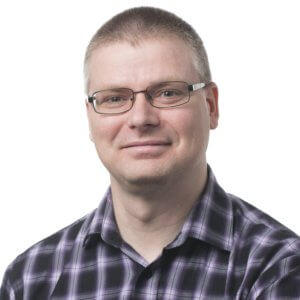Contact
DFM A/S
Kogle Allé 5
DK-2970 Hørsholm
Denmark
Tlf: +45 77305800
E-mail: [email protected]
CVR/VAT#: DK29217939

ULTRA-STABLE FREQUENCY STANDARD
DFM’s development of frequency-stabilized lasers has so far been directed to length metrology, where the wavelength of the laser is used for calibration of secondary length references. However, DFM’s acetylene-stabilized laser approaches performances that enable applications in quantum technology. Its narrow linewidth and high frequency stability make it interesting, for example, in experiments where atoms are captured in “traps” and their quantum states are manipulated with laser light. FORSK2025 (p. 59) mentions specifically a research need for quantum technology within “robust light sources and atomic traps”. The need for optical frequency standard in a compact and robust design is also stated in the EURAMET’s Strategic Research Agenda for Metrology in Europe (SRA, p. 48) 12.
For the duration of the project, we will improve the noise performance of the laser down to the so-called quantum noise limit and thereby maximizing the frequency stability of the laser. The improved laser system will be further developed into a commercial product. In addition, the laser will enable the characterization of frequency noise in secondary lasers used for e.g. quantum cryptography, which will be proposed as a service.
DFM’s work on ultra-stable optical frequency reference has gathered interest, both from Danish and foreign stakeholders. This is reflected by comments on BedreInnovation.dk from AU (Michael Drewsen, Jan Arlt), Menlo Systems GmbH (the world’s leading manufacturer of optical frequency combs with applications in quantum metrology), NKT Photonics, DTU (Ulrich Hoff), Kongsberg Defense & Aerospace and KU (Martin Romme Henriksen).
Technology
The current performance of DFM’s frequency stabilized laser, the Stabilaser 1542, is limited by the electronic noise in the signal detection. In the first year of the RK contract, we will reduce this electronic noise level so that the only significant noise contribution is the fundamental quantum noise of the detected optical field, i.e. shot noise. Fig. 1 shows the current detection noise in the Stabilaser 1542.
The electronic noise will be reduced by developing new photo detectors, optimizing the low-noise power supply and fine-tuning of aliasing filters. This will allow a better match between required dynamic range and sensitivity for the analog-digital conversion. Further developments may involve detection at a higher power level, which will improve the ratio between signal level and optical shot noise level.
We expect that this work will reduce the frequency instability for the Stabiλaser 1542 by a factor of two in for sampling times between 0.1 s and 100 s. Current frequency instability is shown in Fig. 2. Further details on the Stabilaser 1542 can be found here.
